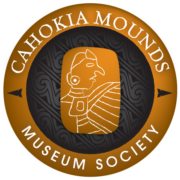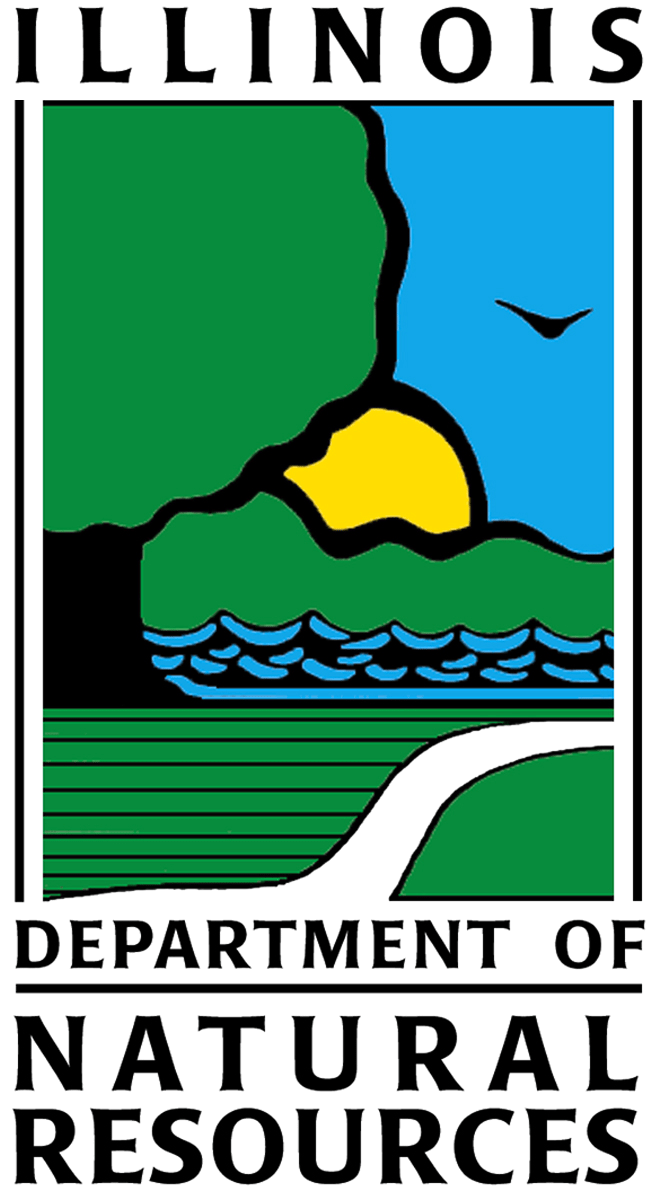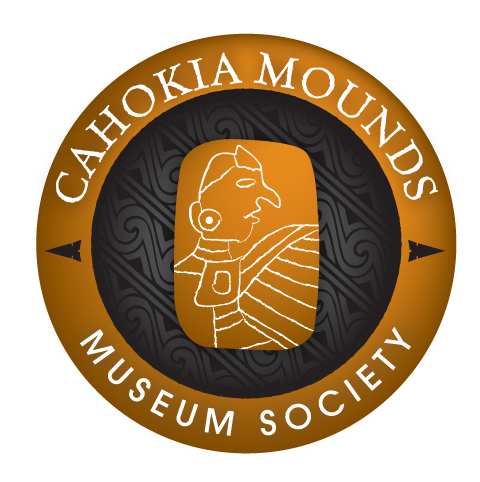On Moorehead’s 1929 map, four mounds-39, 77, 40, and 41-form a line paralleling the west edge of Monks Mound. Mound 77 is Moorehead’s addition to this alignment, with 39, 40, and 41 previously noted clearly on the Patrick and other maps. Moorehead states:
Just south of No. 39 is a small mound (No. 77), on the slope of which, down 2 feet, was discovered a small bowl-like mass of hard, burnt clay. Although broken somewhat, it appeared to be circular in form, about 20 inches in diameter, or 36 inches around the curvature. No complete measurement could be made, yet the rim was well defined. In the cavity, where the base should have been was a large lump of galena blackened by fire, also some pulverized galena. The lump weighed fully 8 pounds and the powdered galena was about a quart in quantity. There was a pottery bowl, 7 or 8 inches in diameter, and three inches high, with this deposit, and a shallow dish very flat, like a plate, of rather thick clay, also an oval stone on which were distinct markings or lines. There were several ordinary hammer stones, and a small jar, almost crucible like. This is dark brown, well made, stands about 4 inches in height, and the base is unusually thick and heavy. The jar is shown in. [Moorehead 1929: 39-40]
In his 1923 report, Moorehead describes the investigations in this area:
For a number of days, the men probed the area lying between Mounds 23 and 43 east and west and 20 and 62 north and south… These probes indicated burials… on the southern slope of Mound 39, and in Mound 82 [77]… We think a long, low platform existed between the Sawmill Mound and the one to the south [77]… Probably a low mound (82) [77] adjoined it. [Moorehead 1923: 12-14]
Mound 77 was probably connected to Mound 39 by a platform or terrace. Mound 39 is a platform and 77 is possibly a conical or ridge-top mound. This relationship is similar to other paired mounds at the site, such as Mounds 59 and 60.
The map data are not clear on the shape of Mound 77 as it does not appear on the Patrick Map. It is located and first assigned a number on Moorehead’s 1923 map. The shape indicated by Moorehead is not very clear, but he may have intended to show it as a small, conical mound. Two previous maps show what may be Mound 77. The Ramey Map is the only other map besides Moorehead’s 1923 and 1929 maps to show two mounds between 39 and 41. On the Ramey Map, an oval mound is positioned just south of 39 with its long axis in a northeast-southwest orientation. The Thomas Map of 1894 has a small, oval mound 5 feet (1.5 meters) in height in the location proposed for Mound 77. This mound is oriented with the long axis east-west. It is probably Mound 77.
Burials were indicated for both the Sawmill Mound (39) and Mound 77. The positioning of these burials is not altogether clear from Moorehead’s writings. However, it appears that many of the burials in Mound 39 were on the south slope, that is, toward Mound 77. On the north slope of Mound 77 was found the clay-lined circular pit described above. Included in the pit was an 8-pound (3.6 kilogram) piece of galena, some pottery vessels, and hammer stones. This could have been an offertory basin dedicated to the burials on the south side of the Sawmill Mound. Moorehead’s report on testing these mounds by probing suggested burials in Mound 77, whereas his description of the later excavations do not describe any burials.




